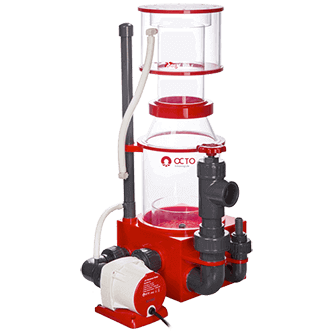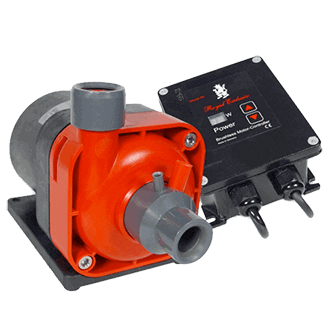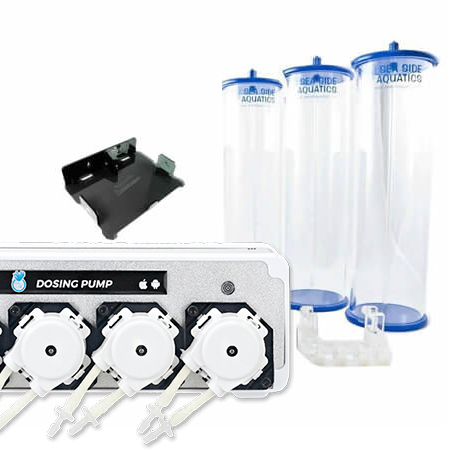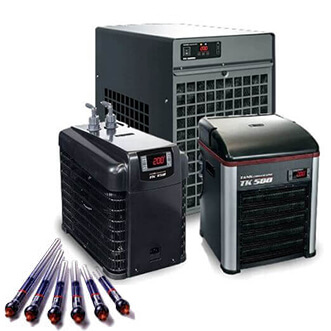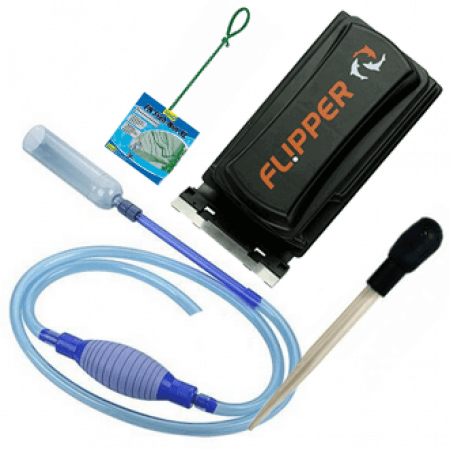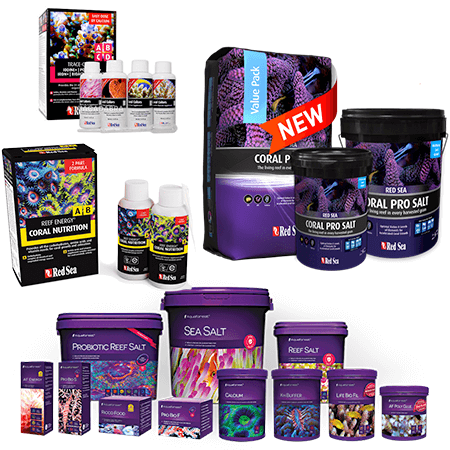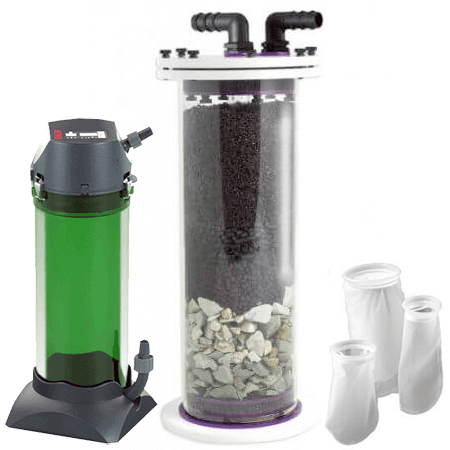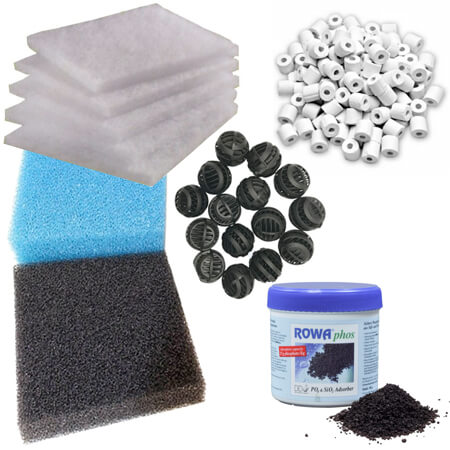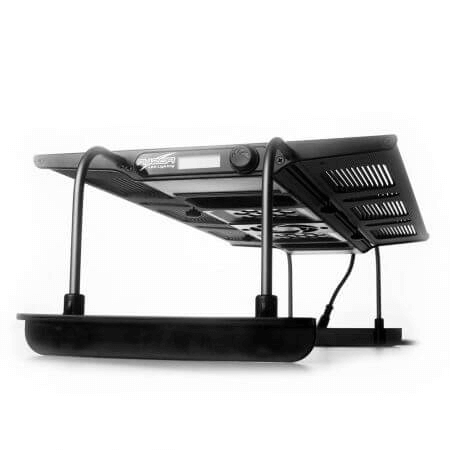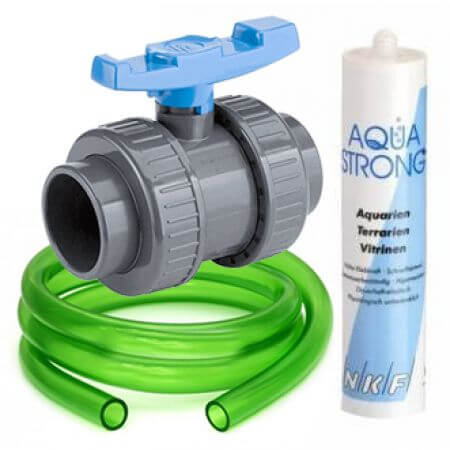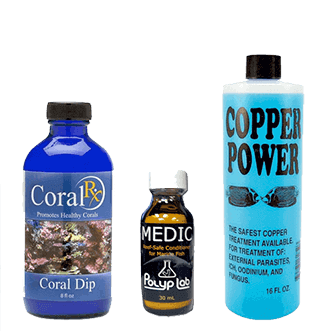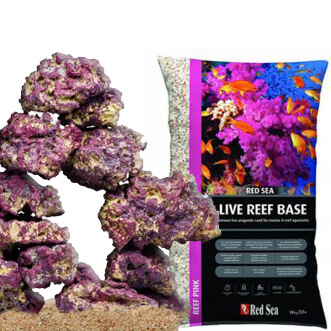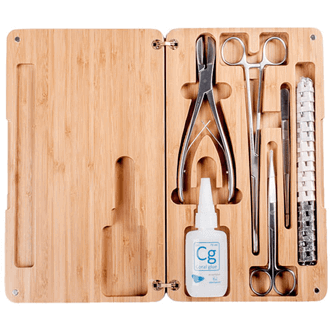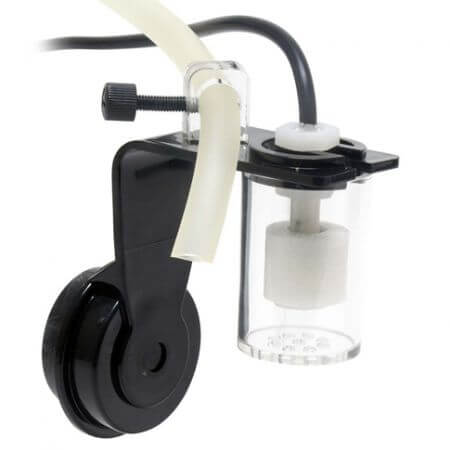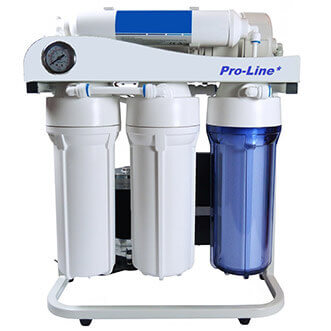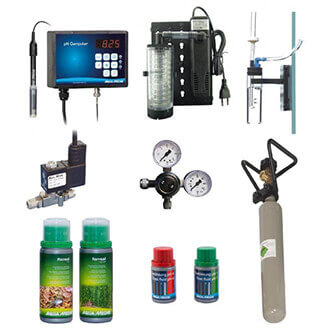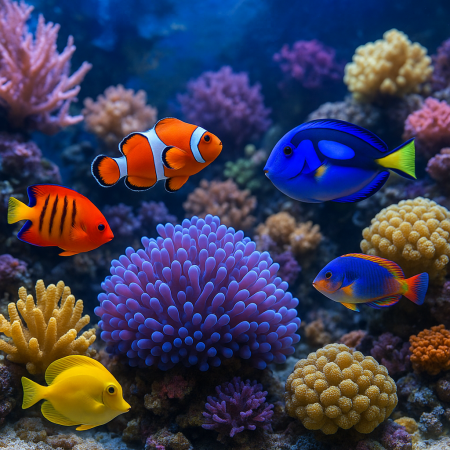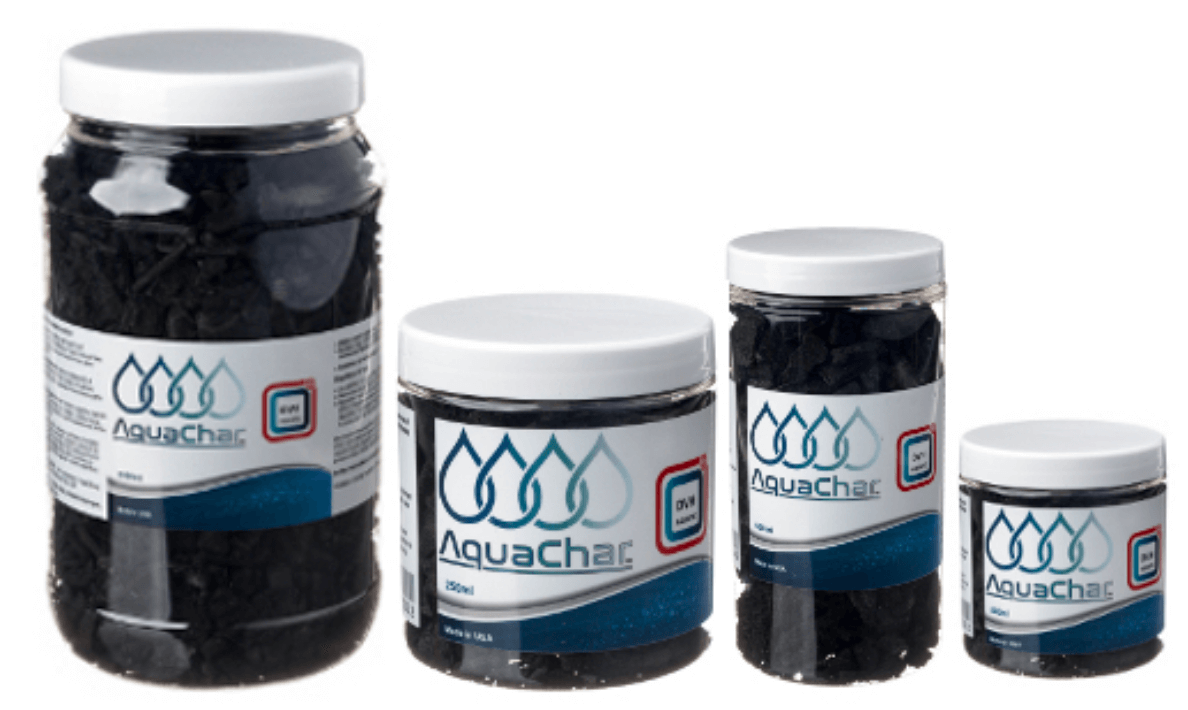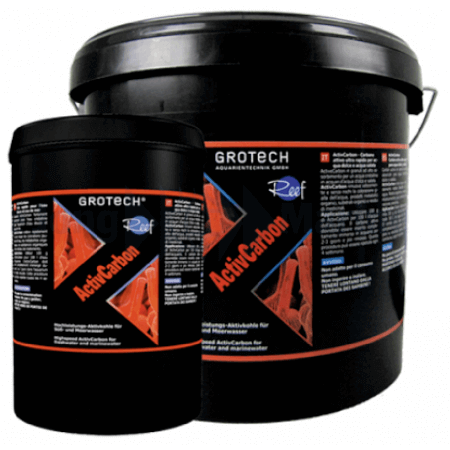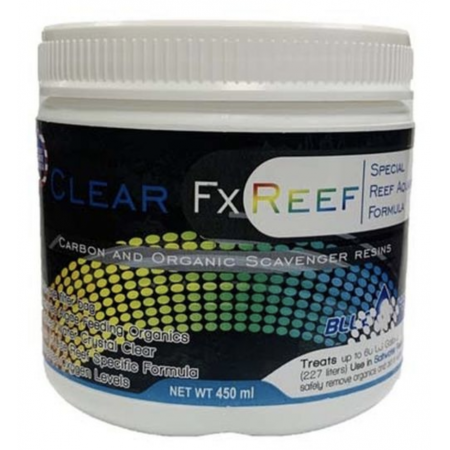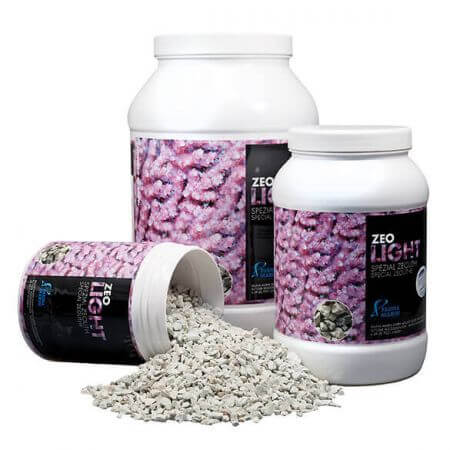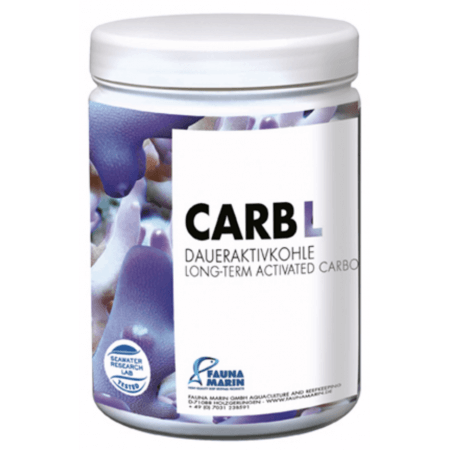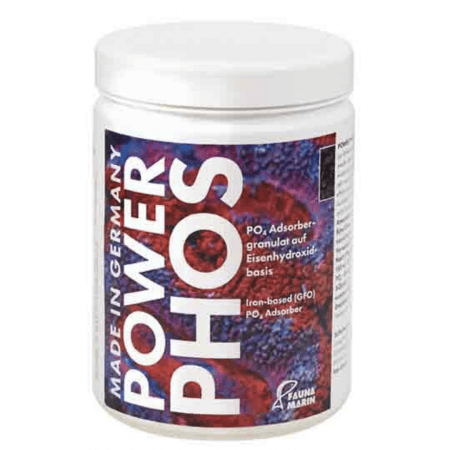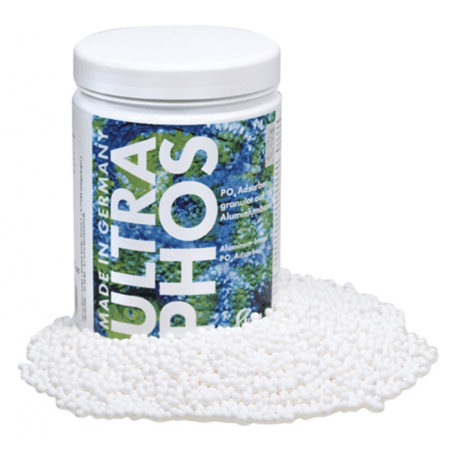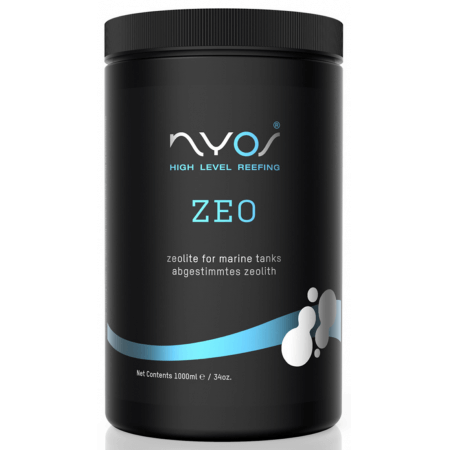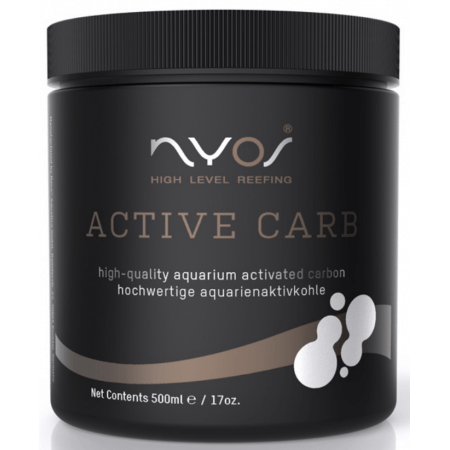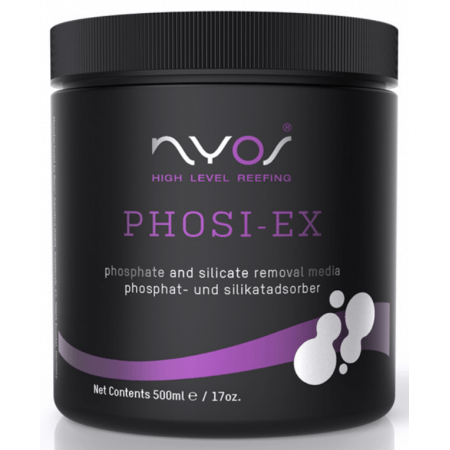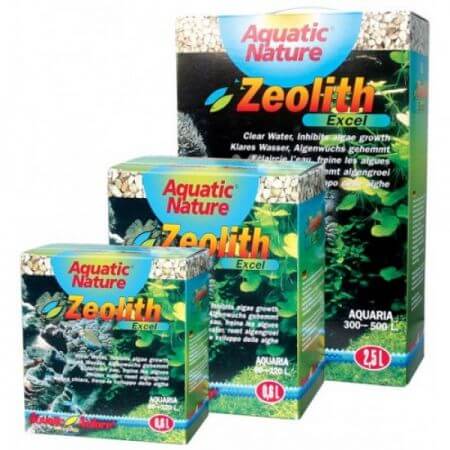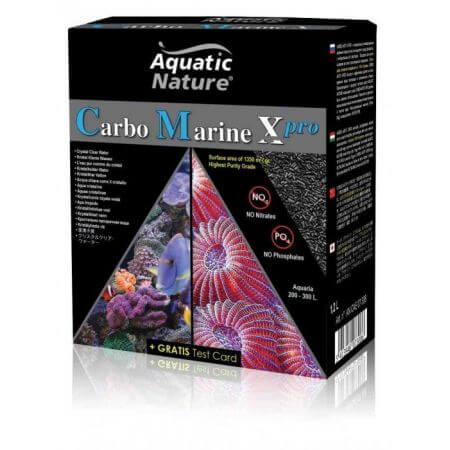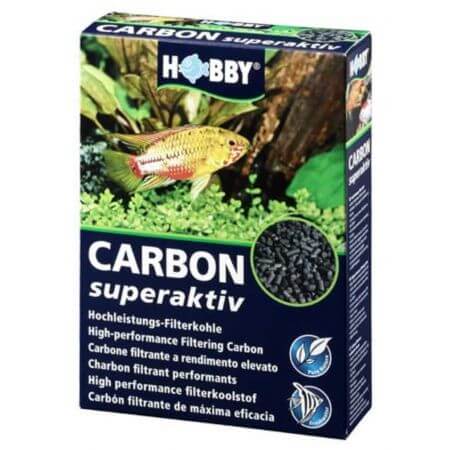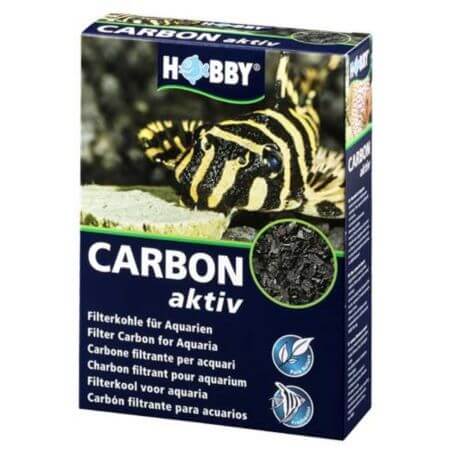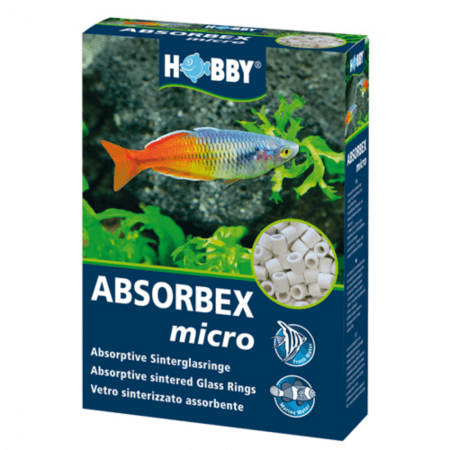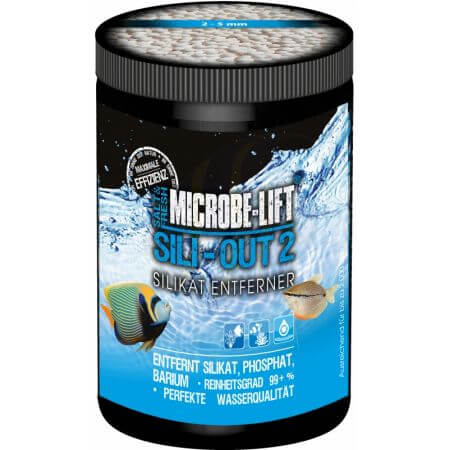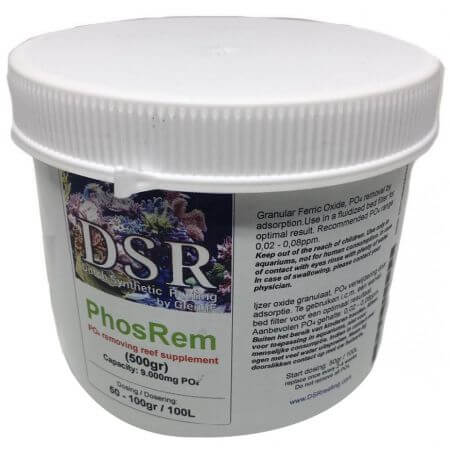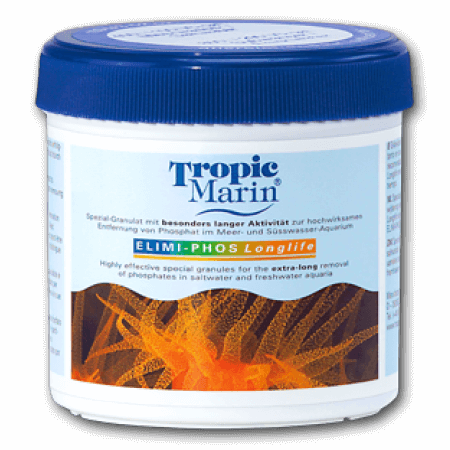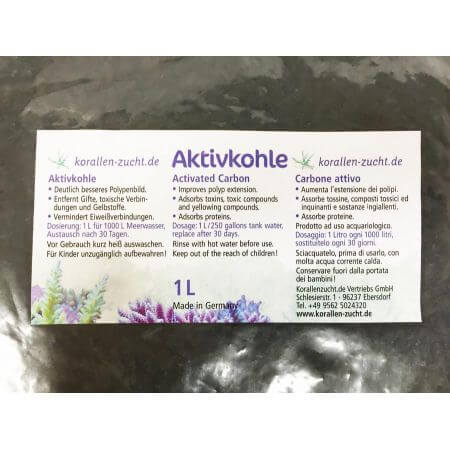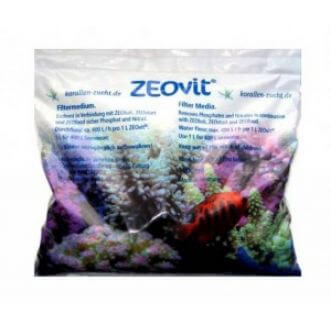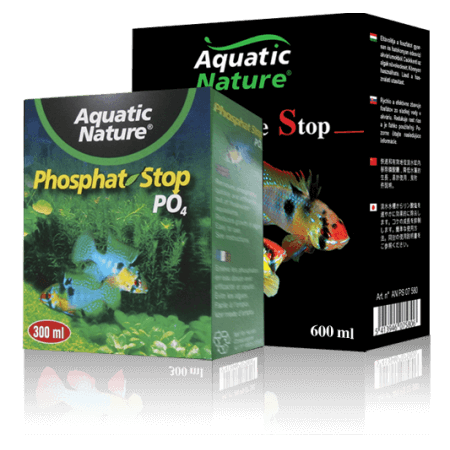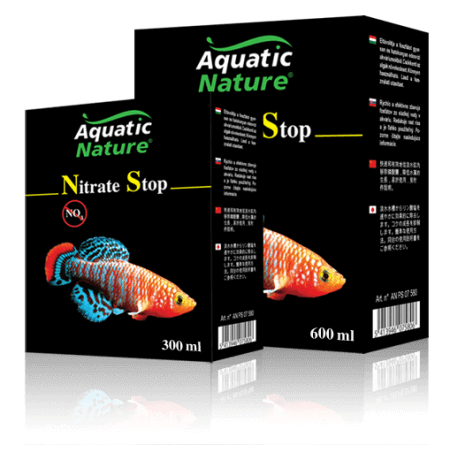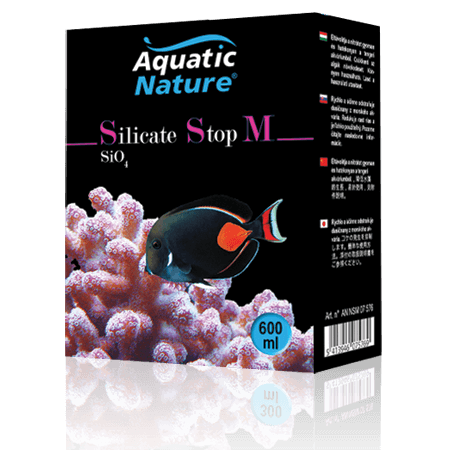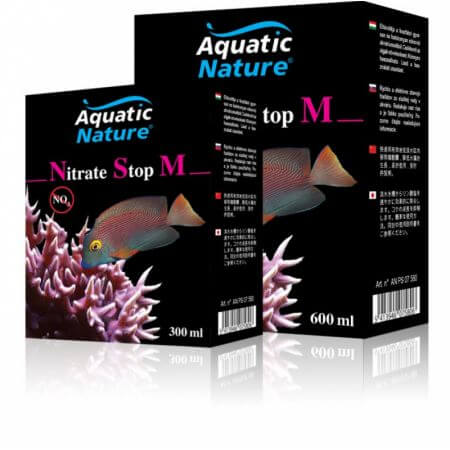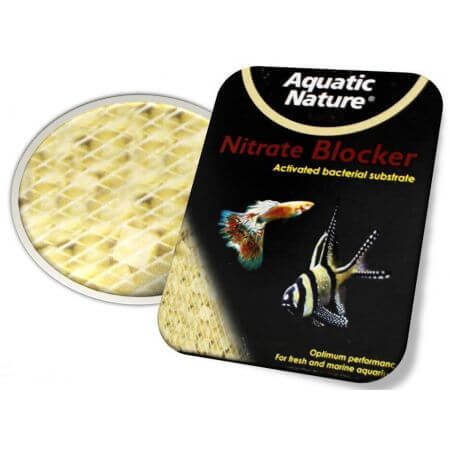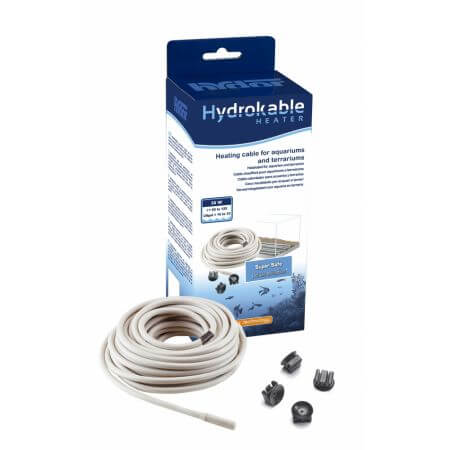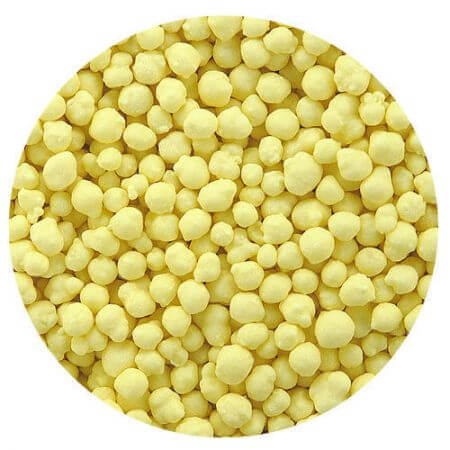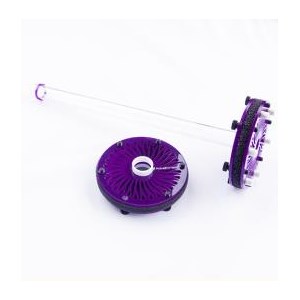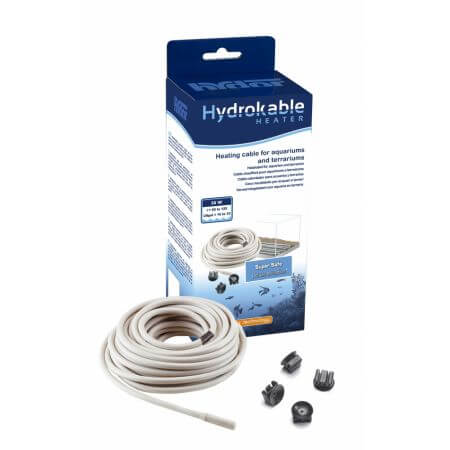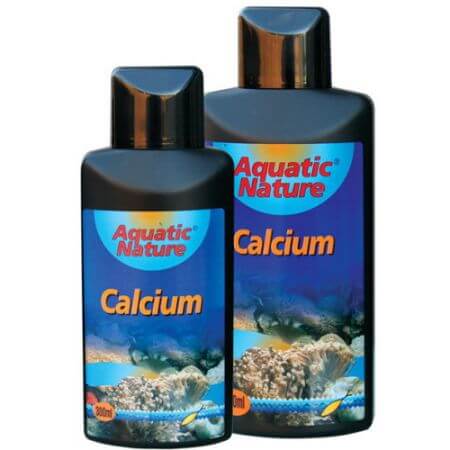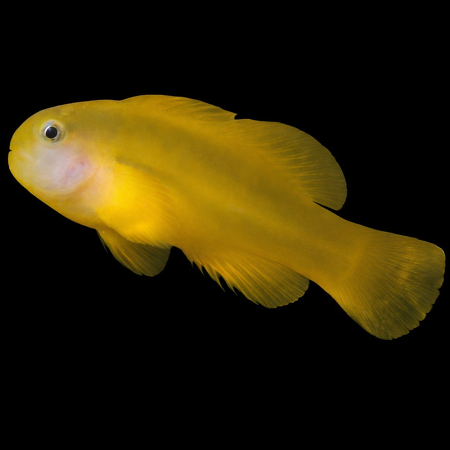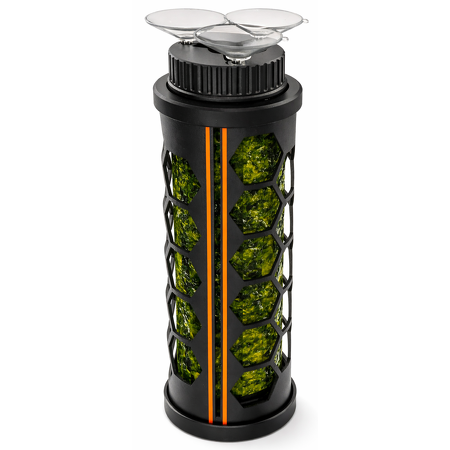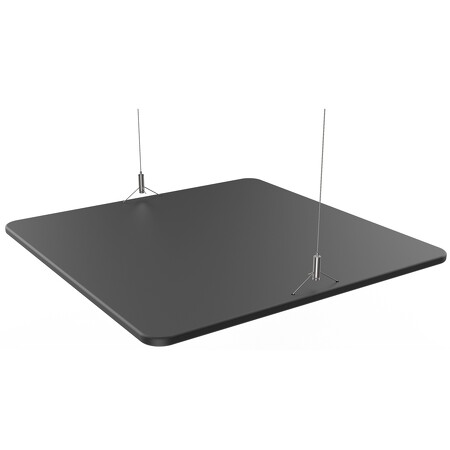DVH Aquatics AquaChar
Most activated carbon for aquarium use nowadays contains by-products of fossil fuels and hydrochloric acid. For millions of years, forest fires and rain have been in the streams, rivers and oceans ...
DVH Aquatics AquaChar
Most activated carbon for aquarium use nowadays contains by-products of fossil fuels and hydrochloric acid. For millions of years, forest fires and rain flowing in the streams, rivers and oceans have been nature's way of cleansing itself.
AquaChar is a completely natural product. By burning wood at a few thousand degrees warmer than the axis of carbon, AquaChar leaves the lightweight carbon skeleton that trees use to grow intact. AquaChar has a negative charge. ions draw fine particles from the water, resulting in crystal clear water. AquaChar has natural porosity and an enormous surface area (> 20 bio balls per gram *), making it the ideal living space for useful bacterial colonies.
AquaChar has natural porosity and an enormous surface area (> 20 bioballs per gram *), making it the ideal support system for useful colonies. Once AquaChar is colonized with beneficial bacteria, the negative charge causes more on-demand absorption and degradation of organic substances that stabilize ammonia, nitrites and nitrates. Aquahar offers pH stability: for freshwater it stabilizes the pH between 7.5-7.7 and saltwater between 8.1-8.4.
We recycle resources from the earth to create a safe product that uses the power of nature to maintain your aquarium with optimum clarity. AquaChar is not a chemical or synthetic product and offers a natural alternative to activated carbon. AquaChar can be used in fresh water, brackish and salt water.
Main points
- Makes water crystal clear
- Purifies contaminants
- Surface of 20 biobals per gram *
- Helps control ammonia, nitrates and nitrites
- Stabilizes the pH in fresh water at 7.5 - 7.7, in salt water at 8.1 - 8.4
- * Bioballs = 1.5 m2 / gr., AquaChar => 32 m2 / gr.
Directions for use
- Use 250 ml / 1 cup per 200 L / 50 gallons.
- Place the new AquaChar in a mesh bag and rinse thoroughly.
- AquaChar absorbed 3-6 months, depending on your bio-charge. When changes are noticeable, remove 3/4 of the existing AquaChar and replace it with new AquaChar so that the bacteria can start the fresh AquaChar.
History of carbon use
Human use of fire and water to make carbon for water purification, cooking fuel and agriculture goes back thousands of years. The slow, clean burning properties of charcoal are essential for the success of humanity, allowing wind to be used to reach the temperatures required for melting, forging, and making metals and glass. Explorers would carbonize the inside of wooden barrels to keep clean water at sea. The Mayans absorbed charcoal in their soil using the properties of water and nutrients for sustainable agriculture for civilizations of more than 100,000 people before the 1700s. When the explorers first discovered the new world, they brought back samples of fertile Amazon soil that they called Terra Preta (Portuguese for "Black Soil"). In the past century, the positive properties of carbon have been incorporated into almost all aspects of daily life. It has become the main component of municipal water purification to remove volatile organic compounds to produce better tasting water.
Activated carbon is used for purification, solvent recovery, deodorization and discoloration in the chemical, pharmaceutical, petrochemical, food and beverage industry and many other industries. Although activated carbon can fulfill the required task, it has a short useful life and quickly loses its effectiveness. It only absorbs organic material in the water, making it a costly and labor-intensive maintenance process. Today, most activated carbon consists of coal waste that is heated to 300-500 ° C to burn off organic substances and increase porosity. This mass-produced carbon is then sent to various countries and companies, which then re-wash and burn the carbon to further increase porosity. Most 'innovation' in new products uses existing bulk carbon production to bake with acid or to impregnate with an unknown patented chemical.
The use of biochar (usually made from feed materials) is a growing market in agriculture, but with a yield of ~ 20% it has not become economically viable for large-scale use. Biochar has an increased porosity with respect to activated carbon, but impurities that remain during the process do not make it suitable for water purification. Regardless of the base material, all carbon used today is limited to a lower temperature range or the extra heat ensures that the efficiency is low and untenable.
History and development of AquaChar
While experiencing firsthand in Africa and the "global water crisis", AquaChar's inventor, already working on a process to purify water on Mars, realized it was time for his team to "out-of-the-box "think and try to create an entirely new form of carbon that can purify the water and not just filter it. Having confirmed that the methods used to make activated carbon involved the reconstitution of coal dust and washing in hydrochloric acid, we looked at biochar as a more natural alternative to activated carbon, but discovered that it works within the "temperature limitations of pyrolysis", that is, the maximum temperature that can be reached before biomass turns into ash, left behind a toxic "pre-smoke" resin that was not
Available AquaChar packaging
- AquaChar 250ml
- AquaChar 500ml
- AquaChar 1000ml
- AquaChar 2000ml
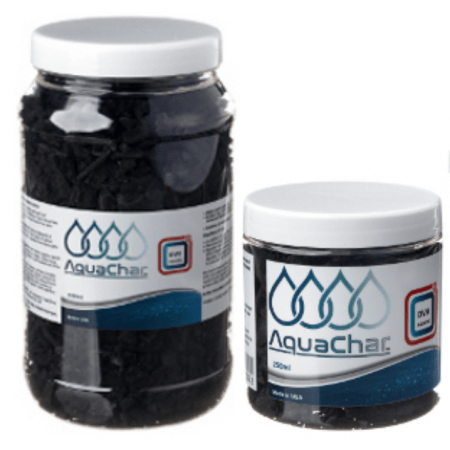
Brand
-
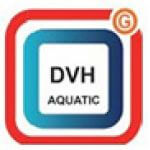
-
DVH AQUATIC
View 130 other products
Shipment
-
Above € 50,- free delivery in NL & BEIn stock Ordered before 16:00, shipped today *
 Most activated carbon for aquarium use nowadays contains by-products of fossil fuels and hydrochloric acid. For millions of years, forest fires and rain flowing in the streams, rivers and oceans have been nature's way of cleansing itself. AquaChar is a completely natural product. By burning wood at a few thousand degrees warmer than the axis of carbon, AquaChar leaves the lightweight carbon skeleton that trees use to grow intact. AquaChar has a negative charge. ions draw fine particles from the water, resulting in crystal clear water. AquaChar has natural porosity and an enormous surface area (> 20 bio balls per gram *), making it the ideal living space for useful bacterial colonies.
DVH AQUATIC
Most activated carbon for aquarium use nowadays contains by-products of fossil fuels and hydrochloric acid. For millions of years, forest fires and rain flowing in the streams, rivers and oceans have been nature's way of cleansing itself. AquaChar is a completely natural product. By burning wood at a few thousand degrees warmer than the axis of carbon, AquaChar leaves the lightweight carbon skeleton that trees use to grow intact. AquaChar has a negative charge. ions draw fine particles from the water, resulting in crystal clear water. AquaChar has natural porosity and an enormous surface area (> 20 bio balls per gram *), making it the ideal living space for useful bacterial colonies.
DVH AQUATIC


Ocean Store


Ocean Store is a modern webshop with a large selection of reef aquarium equipment, supplements and food for your (marine) aquarium. We excel in reachability, service and speed. Not only in delivery of your ordered goods, but also in the adequate answering of your (marine) aquarium related questions. We are happy to share our passion for reef aquariums with you!
Open: Available Monday / Friday 9:00-20:00
Phone: +31(0)78-6456669
€ 0.99 - € 2999.99
EUR
479190
 Most activated carbon for aquarium use nowadays contains by-products of fossil fuels and hydrochloric acid. For millions of years, forest fires and rain flowing in the streams, rivers and oceans have been nature's way of cleansing itself. AquaChar is a completely natural product. By burning wood at a few thousand degrees warmer than the axis of carbon, AquaChar leaves the lightweight carbon skeleton that trees use to grow intact. AquaChar has a negative charge. ions draw fine particles from the water, resulting in crystal clear water. AquaChar has natural porosity and an enormous surface area (> 20 bio balls per gram *), making it the ideal living space for useful bacterial colonies.
DVH AQUATIC
Most activated carbon for aquarium use nowadays contains by-products of fossil fuels and hydrochloric acid. For millions of years, forest fires and rain flowing in the streams, rivers and oceans have been nature's way of cleansing itself. AquaChar is a completely natural product. By burning wood at a few thousand degrees warmer than the axis of carbon, AquaChar leaves the lightweight carbon skeleton that trees use to grow intact. AquaChar has a negative charge. ions draw fine particles from the water, resulting in crystal clear water. AquaChar has natural porosity and an enormous surface area (> 20 bio balls per gram *), making it the ideal living space for useful bacterial colonies.
DVH AQUATIC


Ocean Store


Ocean Store is a modern webshop with a large selection of reef aquarium equipment, supplements and food for your (marine) aquarium. We excel in reachability, service and speed. Not only in delivery of your ordered goods, but also in the adequate answering of your (marine) aquarium related questions. We are happy to share our passion for reef aquariums with you!
Open: Available Monday / Friday 9:00-20:00
Phone: +31(0)78-6456669
€ 0.99 - € 2999.99
EUR
479190
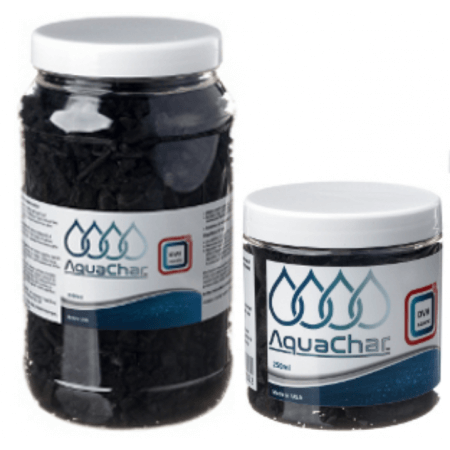 Most activated carbon for aquarium use nowadays contains by-products of fossil fuels and hydrochloric acid. For millions of years, forest fires and rain flowing in the streams, rivers and oceans have been nature's way of cleansing itself. AquaChar is a completely natural product. By burning wood at a few thousand degrees warmer than the axis of carbon, AquaChar leaves the lightweight carbon skeleton that trees use to grow intact. AquaChar has a negative charge. ions draw fine particles from the water, resulting in crystal clear water. AquaChar has natural porosity and an enormous surface area (> 20 bio balls per gram *), making it the ideal living space for useful bacterial colonies.
DVH AQUATIC
Most activated carbon for aquarium use nowadays contains by-products of fossil fuels and hydrochloric acid. For millions of years, forest fires and rain flowing in the streams, rivers and oceans have been nature's way of cleansing itself. AquaChar is a completely natural product. By burning wood at a few thousand degrees warmer than the axis of carbon, AquaChar leaves the lightweight carbon skeleton that trees use to grow intact. AquaChar has a negative charge. ions draw fine particles from the water, resulting in crystal clear water. AquaChar has natural porosity and an enormous surface area (> 20 bio balls per gram *), making it the ideal living space for useful bacterial colonies.
DVH AQUATIC


Ocean Store


Ocean Store is a modern webshop with a large selection of reef aquarium equipment, supplements and food for your (marine) aquarium. We excel in reachability, service and speed. Not only in delivery of your ordered goods, but also in the adequate answering of your (marine) aquarium related questions. We are happy to share our passion for reef aquariums with you!
Open: Available Monday / Friday 9:00-20:00
Phone: +31(0)78-6456669
€ 0.99 - € 2999.99
EUR
479190
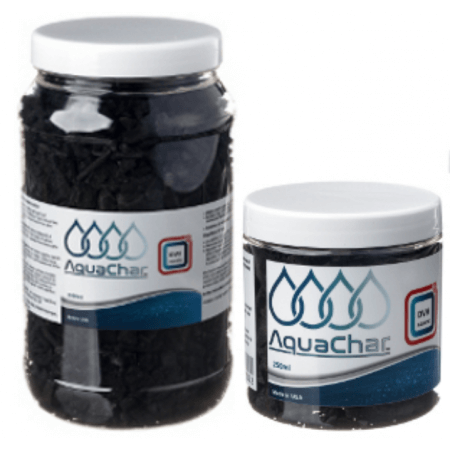 Most activated carbon for aquarium use nowadays contains by-products of fossil fuels and hydrochloric acid. For millions of years, forest fires and rain flowing in the streams, rivers and oceans have been nature's way of cleansing itself. AquaChar is a completely natural product. By burning wood at a few thousand degrees warmer than the axis of carbon, AquaChar leaves the lightweight carbon skeleton that trees use to grow intact. AquaChar has a negative charge. ions draw fine particles from the water, resulting in crystal clear water. AquaChar has natural porosity and an enormous surface area (> 20 bio balls per gram *), making it the ideal living space for useful bacterial colonies.
DVH AQUATIC
Most activated carbon for aquarium use nowadays contains by-products of fossil fuels and hydrochloric acid. For millions of years, forest fires and rain flowing in the streams, rivers and oceans have been nature's way of cleansing itself. AquaChar is a completely natural product. By burning wood at a few thousand degrees warmer than the axis of carbon, AquaChar leaves the lightweight carbon skeleton that trees use to grow intact. AquaChar has a negative charge. ions draw fine particles from the water, resulting in crystal clear water. AquaChar has natural porosity and an enormous surface area (> 20 bio balls per gram *), making it the ideal living space for useful bacterial colonies.
DVH AQUATIC


Ocean Store


Ocean Store is a modern webshop with a large selection of reef aquarium equipment, supplements and food for your (marine) aquarium. We excel in reachability, service and speed. Not only in delivery of your ordered goods, but also in the adequate answering of your (marine) aquarium related questions. We are happy to share our passion for reef aquariums with you!
Open: Available Monday / Friday 9:00-20:00
Phone: +31(0)78-6456669
€ 0.99 - € 2999.99
EUR
479190
sulfur pellets per 2 kg.
H ZW2000
AquaForest Media reactor strainers
AF-36100A
Aquatic Nature CALCIUM
AN-08023


